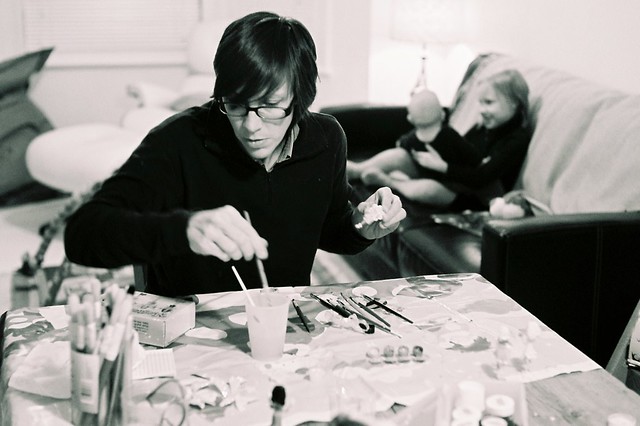Overexpose, never underexpose. Not a bad idea to shoot it at 200. If you shoot at 400 in contrasty light, the deep shadows will be grainy, milky, ugly. Remember that since it is C41 the grain density if the opposite of normal sliver films. In other words, shadows will be grainier than the highlights. Another strategy is shoot at 400 but meter for the shadows.
As you can see from the examples, these c41 black and white films have a very smooth and grey look. Because they have exposure latitude (especially for overexposure) they tend to be flat. Very had to get highlights to block up.
Having said all that, I really dislike the smooth buttery look of these film and far prefer the tonal gradations of traditional films like Tri-X, Plus-X, HP5+, FP4, etc.
any purple color is due to scanning as RGB instead of grayscale, or to printing on color paper. If your mini lab prints only on color paper it will be almost impossible to achieve a TRULY neutral b+w no matter how carefully they balance out the printing









